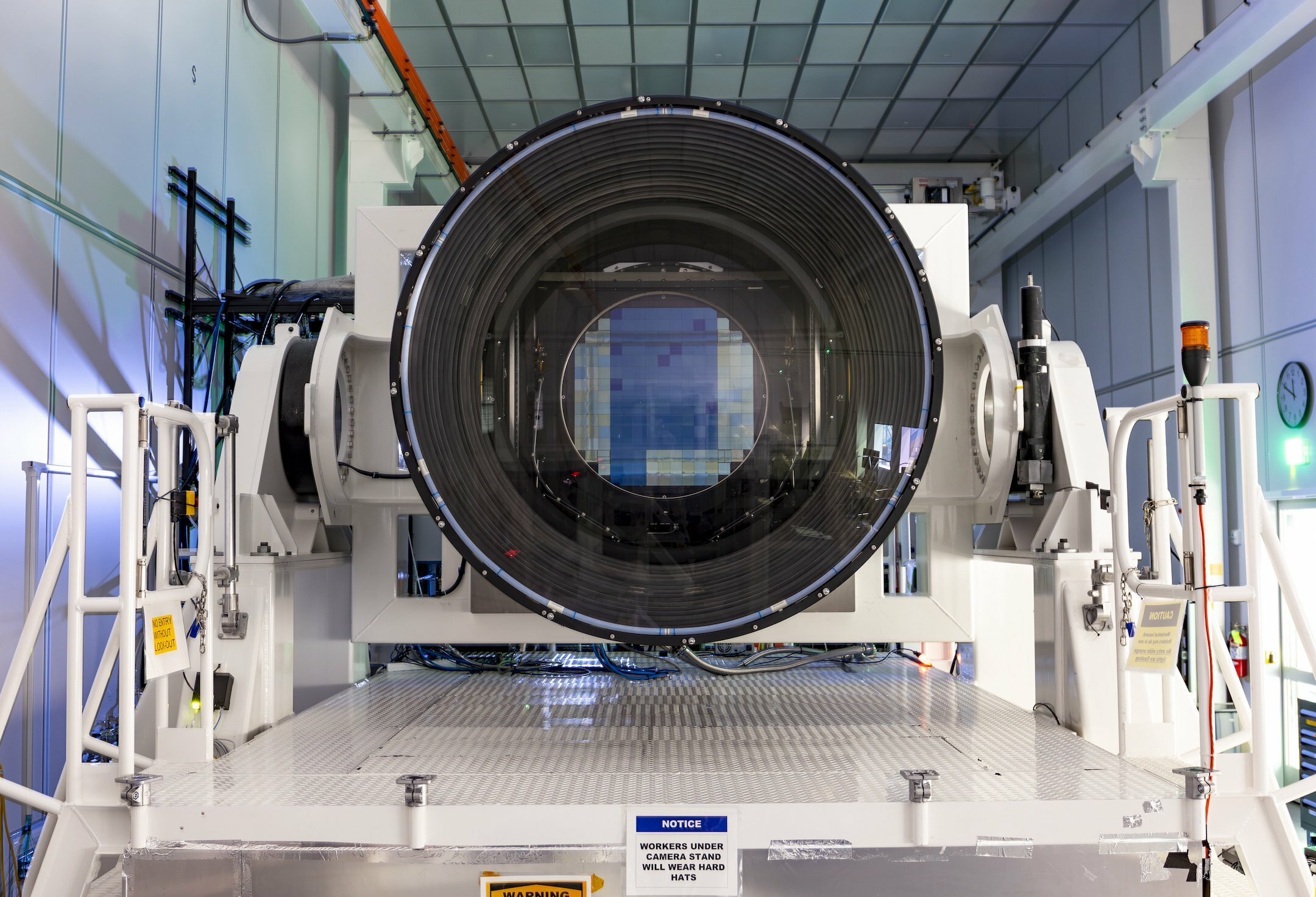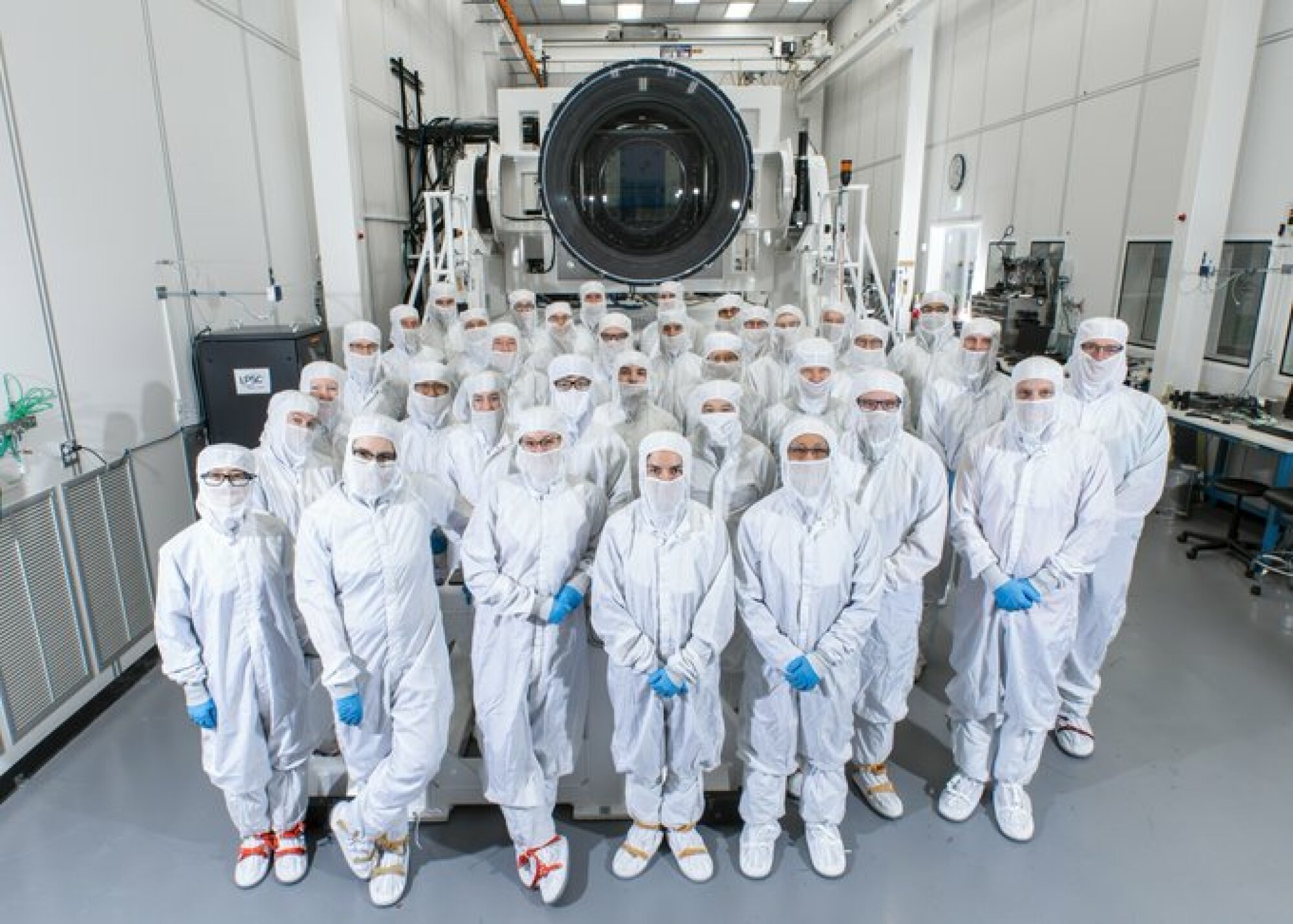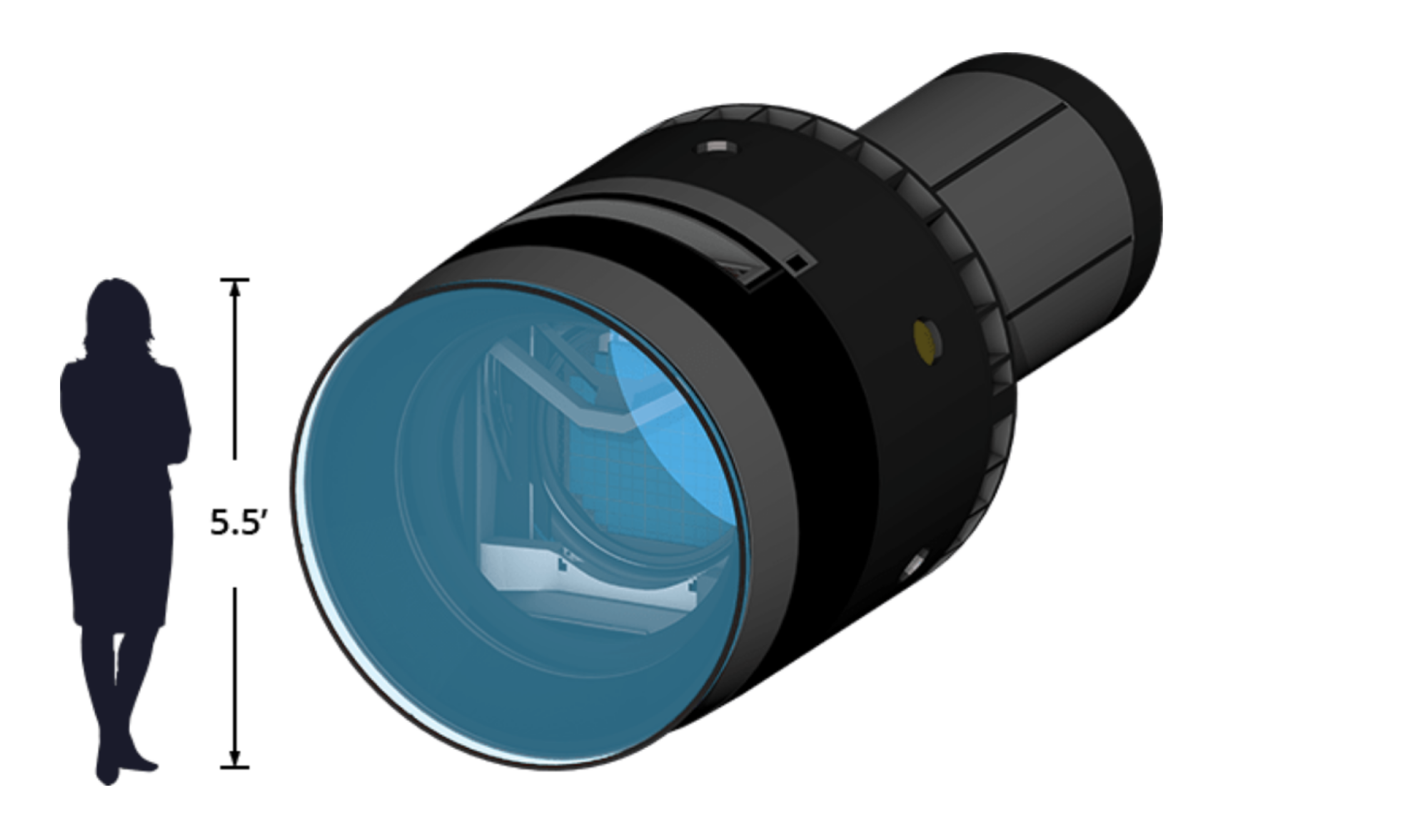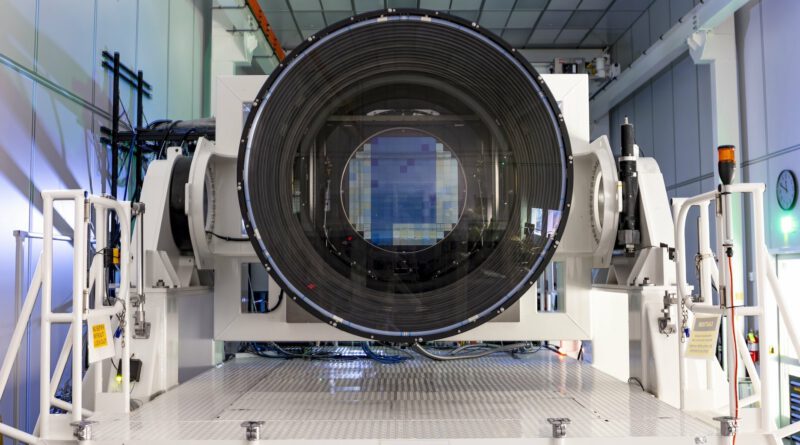Scientists reveal SUV-sized camera that will change our grasp of space

A revolutionary telescope will come online in 2025. And mounted to it will be a giant camera built to capture extraordinary views of space.
The United States’ SLAC National Accelerator Laboratory is finishing the over 5.5-foot-tall, 6,200-pound (1.65-meter and 2,800-kilogram) LSST Camera, which will snap cosmic images at the much-anticipated Vera C. Rubin Observatory located in the lofty Chilean mountains. The lab posted new images online showing the over 12-foot-long (3.7 m) camera, with its imposing lens, in a clean room.
“About the size of a small SUV, the LSST [Legacy Survey of Space and Time] Camera is the largest camera ever constructed for astronomy,” the lab said.
Engineers will mount the big camera on the observatory’s 27.5-foot-wide (8.4-meter) Simonyi Survey Telescope, itself a revolutionary instrument: It will be the fastest large telescope on Earth, with the ability to swivel 180 degrees in just 20 seconds.
The goal is to create an unprecedented catalog of the cosmos. It’ll be “the first time a telescope will catalog more galaxies than there are people on Earth,” the lab explained. Every 20 seconds, the giant digital camera will capture a 15-second exposure. The camera is so big that each image covers a zone of sky over 40 times the area of a full moon.
Behold the LSST camera, with scientists in the foreground for perspective.


The giant telescope, with its colossal camera, will allow astronomers globally the unprecedented ability to quickly investigate objects in our solar system, Milky Way galaxy, and far beyond.
“I think of us as building the ‘crawler and Google search for the sky,'” Mario Juric, a professor at the University of Washington who’s working on the Vera C. Rubin Observatory, told Mashable in 2023. “Now, rather than going to a large telescope (which sometimes can take months to propose, approve, and execute), a scientist will be able to go to a website, run a query, and get to the data in seconds. Huge improvement in efficiency and a democratization of access to best possible datasets.”
How the telescope will change our understanding of space
– Over the past couple centuries, astronomers and space agencies like NASA have found some 1.2 million asteroids in our solar system. After three to six months of observations, Rubin will double this number. In 10 years, a whopping 5 million asteroids will be known, Juric said.
– The number of icy worlds beyond the distant planet Neptune (“trans-neptunian objects” and dwarf planets) will increase by around tenfold.
– There are two known interstellar comets today. Ruben will identify between 10 and 50 times more.
– “And — should ‘Planet X‘ exist— there’s a high chance Rubin would find it (we cover the entire area on the sky where it’s likely to be),” Juric explained. Planet X is a speculative world in our solar system that may exist well beyond the orbit of Pluto.
The Vera C. Rubin Observatory isn’t the only huge, futuristic telescope soon to start surveying the night sky. The Giant Magellan Telescope, researching the universe’s evolution and the nature of planets beyond our solar system (exoplanets), comes online in the late 2020s. The Extremely Large Telescope, with a mirror 128 feet wide, will become the largest optical telescope on Earth later this decade.


